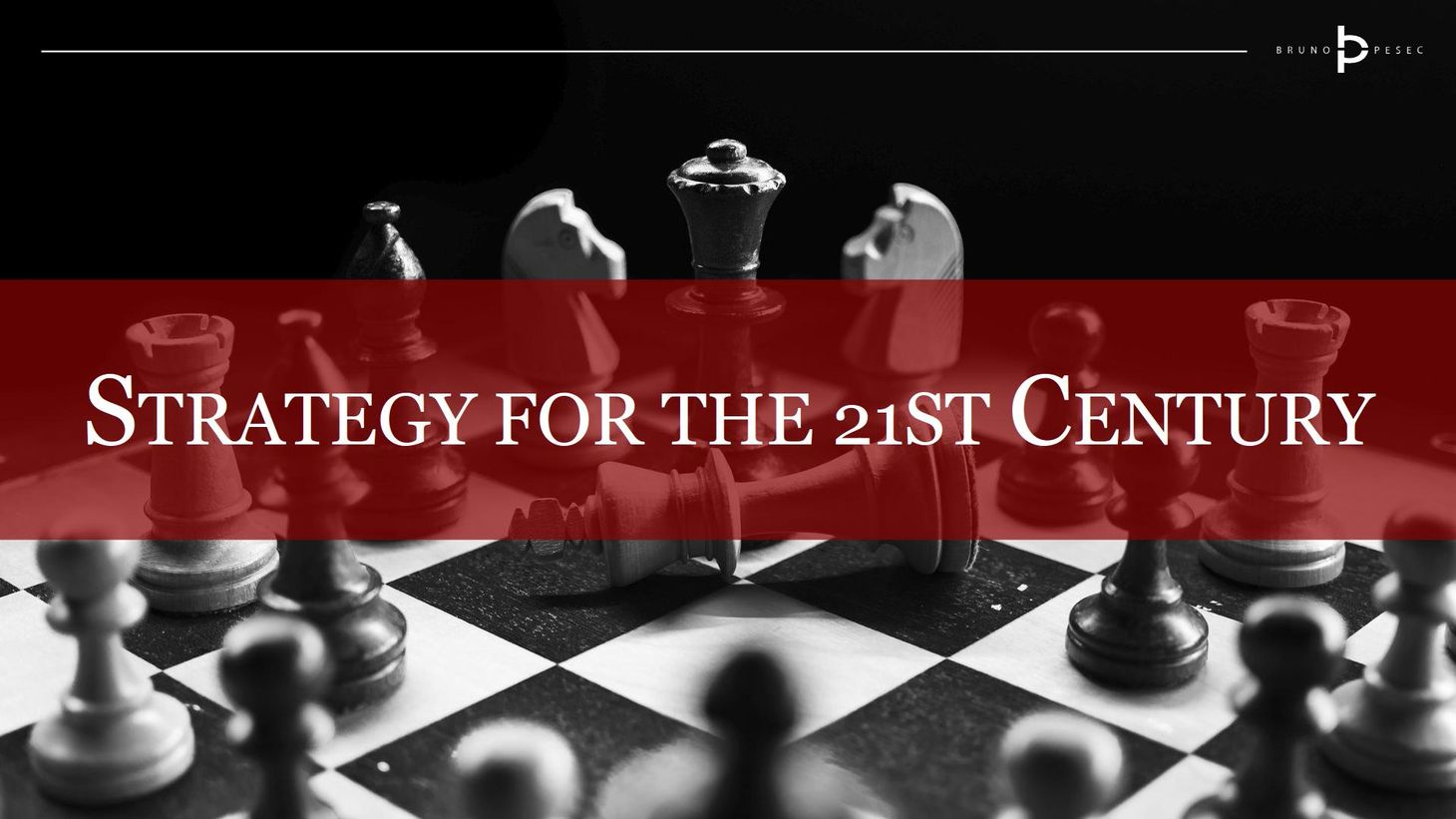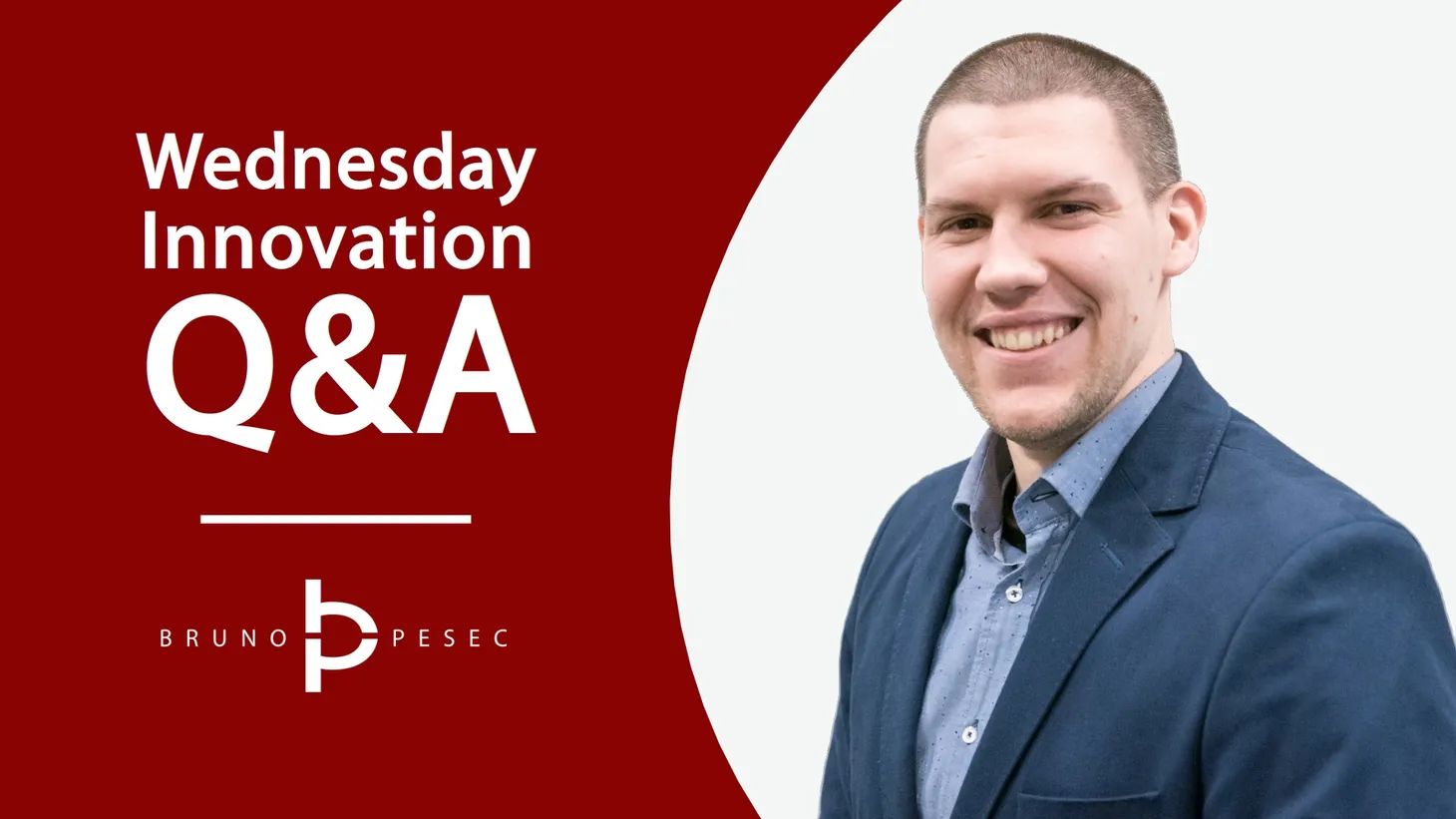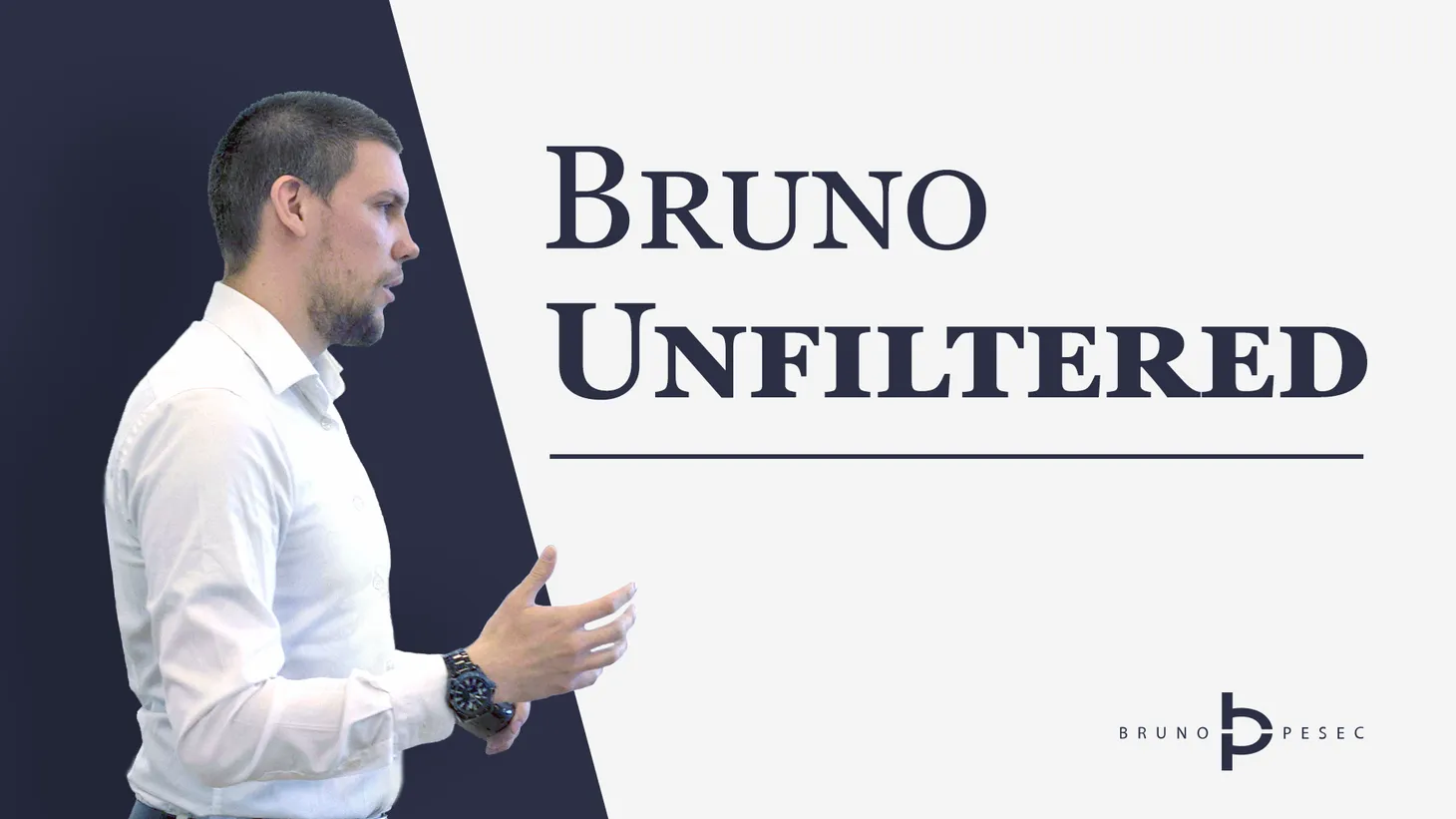Strategy for the 21st century
From yearly planning and roadmaps to fast and continuous decisions.

Throughout the 80s and 90s, the dominant approach to strategy was to take it as a highly analytical approach, planning everything in great detail.
An army of analysts would compile pages and pages of reports, which would then be summarized by either the head of strategy or a consultant, and then presented to the board or senior management.
What might've worked in the past, doesn't necessarily translate to today. The world has become much faster, competitive, and informed.
The Internet had a profound effect on all facets of our life, and the digital revolution that followed enabled nearly anyone in the world to become an entrepreneur.
A modern approach to strategy includes acknowledging the uncertainty, focusing on making the best possible decision with the available data, and pivoting when called for.
Dr. Dominik Dellermann and myself have pooled our experience and research to outline some of the key differences between conventional and modern approaches to strategy, summarised in the table below:
|
The old way of strategy yearly planning and roadmaps |
The new way of strategy fast and continuous decisions |
|---|---|
| Planning focused | Outcome focused |
| Quarterly and yearly timeframes | Continuous decisions in “real-time” |
| Analyses and reports driven by consultants | Continuous measurement and integration of internal expertise |
| Set in stone | Dynamic and responsive to changes in the business and its environment |
| Data as reporting tool | Data as strategic asset |
| Focused solely on the effects of strategy—financial results | Focused on cause and effect—both financial results and customer/employee experience, future potential that will drive results in the upcoming years |
| Dogmatism | Pragmatism |
| Business unit thinking | Business model thinking |
| The best possible decision | The best possible decision as quickly as possible |
| One of the two extremes: either solely based on the gut feeling or extensive analysis | Combines human intuition with facts and data |
We invite you to reflect on the above, especially in the context of your own organisation. How would you evaluate yourself? How do your preferences differ from the organisation's? How could you improve your strategy process?
If you are interested in practical advice on how to combine human intuition with insights from data to make better strategic decisions, faster, our book Augmented Strategy is now available for order. If you order by January 16, and send me your order number, you will receive the digital edition for free.
Copyright © 2021 Bruno Pešec and Dominik Dellermann. All rights reserved.
Bruno Unfiltered
Subscribe to get the latest posts delivered right to your inbox. No spam. Only Bruno.




